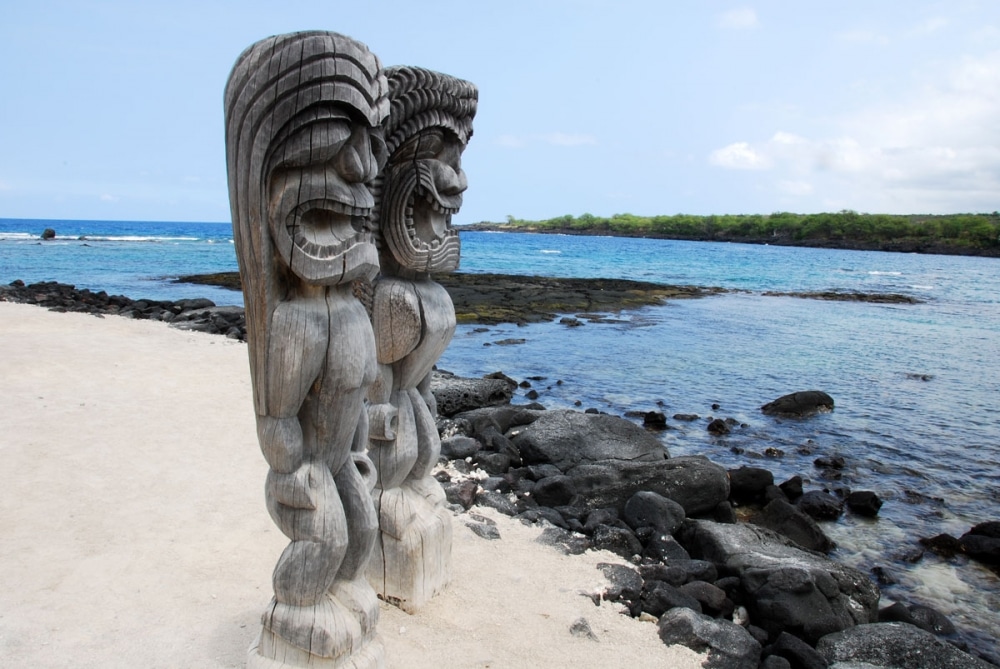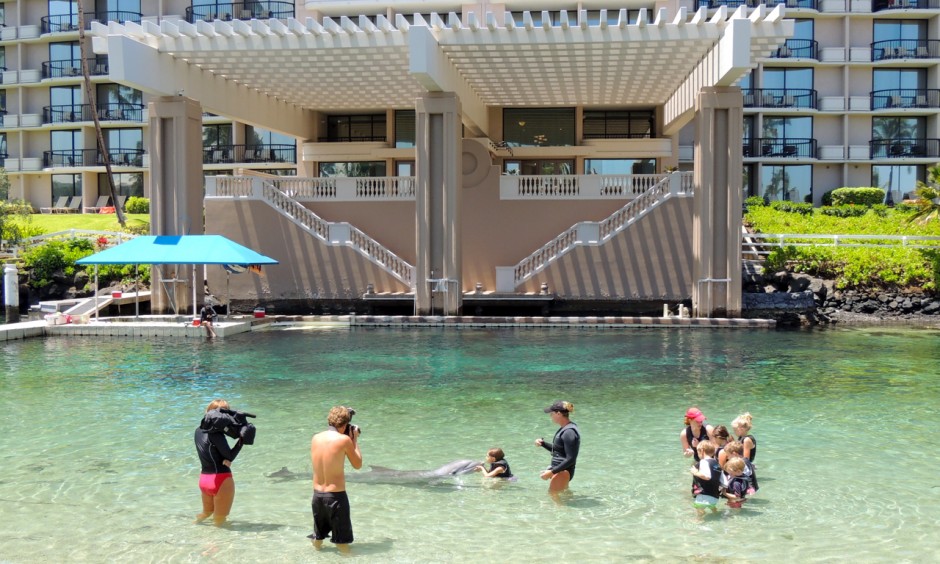Eric Asimov is the New York Time’s wine critic and a restaurant reviewer. Yesterday he wrote a glowing tribute to Portland, Oregon restaurants and some Portland chefs. Karen and I wrote him a letter, posted below, and followed by a restaurant review I wrote and included in my book. Asimov said the cheap real estate drew chefs from NYC and elsewhere. The Ken in our letter owns Ken’s Artisan Bakery in Portland. Mr. Paley’s restaurant, Paley’s, is featured in the article, as is chef Pascal’s bistro. Claudia Pepin is famed chef Jacque Pepin’s daughter.
Dear Eric Asimov,
We read your column on Portland dining with interest. Portland is the subject of chapter four in Michael’s book, Cheap Motels and a Hot Plate: an Economist’s Travelogue. It might interest you to know that Chef Pascal was let go from the job he held prior to opening his bistro. He had so little money that other chefs (including Mr. Paley) held a benefit for him, perhaps due to the scandaloulsy low pay restaurant workers get in Portland no matter their skills. Ken Forkish was paying talented workers $7 an hour in 2004 (Claudia Pepin worked for him but shortly left). It wasn’t uncommon for restaurants to replace sous chefs when their pay got into the upper $20,000s. And restaurant managers were known to steal workers’ hours (employees had to keep a pay period’s worth of their twice daily time clock statements to avoid such theft). Consider this: Real estate might be cheap in Portland, but low wages make the restaurants profitable.
Michael Yates and Karen Korenoski Amherst, MA
Here is a section from Michael’s book you might enjoy.
For Christmas, our twins gave us a gift certificate of $120 for a restaurant that had opened recently to great fanfare. The boys were irreverently critical of Portland’s eateries. Caprial’s Bistro and Wine Bar is in the southeast section of town. Caprial has her own television show and is the author of popular cookbooks. I drove one of the twins there to apply for a job. He took one look at the menu and dismissed the fare as “diner food.” My son’s views were confirmed when I ate with a visitor from Germany at a Vietnamese bistro, well regarded and reviewed. I charitably described the food as slop. In any event, the boys were excited, sure they had found a winner. The new place, Hurley’s, was owned by the chef, a former New York City firefighter. It had received rave reviews for its uniquely composed dishes. We didn’t get to use our present until the day before we were to leave Portland, in late April 2004. Tired from emptying our apartment, selling more furniture, and planning a long road trip, we were excited about a night out. We seldom eat in restaurants. The food isn’t usually healthy, and the prices are high. We know too much about how their kitchens function. We prefer to cook for ourselves. But this one looked good; the menu in the window promised the kind of food even our chef son might approve. We missed the boys, and this would remind us of them.
We have never had an eating experience like the one we had that evening. We were led by the host to a small table with sharply angular and uncomfortable chairs. Karen had injured her left foot in a bizarre accident and by night’s end, the seat had made her entire leg numb. An overly attentiveffected waiter soon appeared and began to advise us about the menu. I had already looked at it, and my heart was set on the lobster paella. It was $30, but we were feeling extravagant with our gift certificate. However, the waiter soon disabused me of my choice. This was a restaurant that served “small plates,” a culinary euphemism for high-priced small portions. It was necessary, he said, to order at least three, and better yet four, courses. He showed us with his hand that the dish I wanted would never satisfy my appetite. Later as we watched with amusement – the only enjoyment we had that night – customers at other tables did double-takes when their tiny servings arrived, we marveled at the calm way the waiters led us down the garden path with a patter of gibberish about the dishes. When a woman insisted on having but a single course, her waiter gave her a look of disgust as if to say, “You’ll see.”
We took the waiter at his word and ordered three plates each. He thought we should have a soup too, but at $8 for six ounces, we decided to pass. We thought that surely we would get enough to eat and even be able to share each other’s dishes. I ordered a Caesar salad, an elaborate sea scallop dish, and a chicken entree. It is difficult to describe our shock and that of other patrons when the food arrived. There was a television commercial a few years ago for Wendy’s that featured the company’s owner, Dave Thomas. A haughty waiter brings a dish to Dave’s table and removes the silver cover. Dave looks at the plate and can barely see the entree because it is so tiny. The waiter says, “Enjoy.” An amusing commercial matched exactly by our dinner at Hurley’s.
The Caesar salad came on a small plate and consisted of lettuce chopped into a slaw-like mess in a Caesar dressing. I liked its taste, but I had to take elaborately slow bites and chews to make it last more than a couple of minutes. I nostalgically remembered the large, traditional Caesar salad I used to eat at Putanesca’s on Ninth Avenue in Manhattan – lots of real anchovies and beautiful romaine lettuce leaves. Good Italian bread. None of this was present at Hurley’s, not even bread. I guess I was supposed to appreciate the composition of the dish on the plate and not notice the price or the skimpiness of the portion. Despite my best effort, it disappeared all too soon but just in time for the sea scallops. These were priced at $20. There were two of them, about three bites and thirty seconds worth of eating. When I told a friend of mine about our dining experience, he asked what would have happened if I had dropped one of the scallops on the floor. Ten dollars down the drain.
We finished the third “course,” feeling like we hadn’t eaten more than a snack, but entertained by the astonishment of the woman at the next table when she got her single course, the paella I had originally lusted for. Our calculating waiter brazenly told us that dessert for the two of us would take the bill to exactly $120, the amount of our certificate. We had thought about asking for cash back but decided to play out the game and have dessert. These were good but the most expensive we had ever eaten.
The total bill, including tip, came to $140; we didn’t give our usual 20 percent gratuity, a feeble protest I admit but at least something. We should have stormed into the kitchen and told the chef that he was perpetrating one of the most remarkable frauds we had witnessed, that our sons had had to work for more than twelve hours in hot and dangerous kitchens to pay for our dinner, that none of Hurley’s kitchen laborers could afford to eat in his restaurant. But had we done so, Chef Hurley could have put us in our place by asking if we had noticed that the restaurant was packed with patrons, each spending a small fortune for his food and drink, and on a Thursday evening.
Our dinner at Hurley’s told us something important about Portland, and about the United States itself. An abiding inequality haunts this city and every city in the country. It strikes you like a hammer. In a city with one of the nation’s highest unemployment rates, with homeless children on every street corner, with adult beggars at every highway entrance ramp, diners were packed cheek by jowl in a restaurant whose prices were surely among the highest in the nation.






